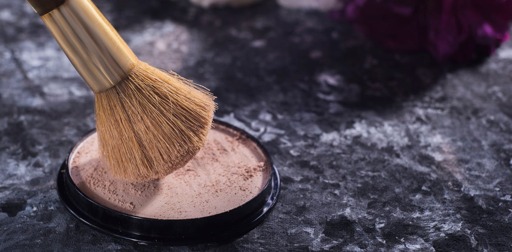In geological terms, asbestos is a whole group of minerals, but there are six fibrous asbestos minerals that are known to cause mesothelioma; chrysotile (white), amosite (brown), crocidolite (blue), anthophyllite, fibrous tremolite and fibrous actinolite.
When observed using a microscope, these asbestos minerals are bundles of fibres, known as a fibrous asbestiform. The fibrous bundles are similar to rope; and, much like rope, an asbestiform bundle can fray and break up into smaller fibres.
If a bundle of asbestiform fibres breaks up into smaller, microscopic, fibres, such as during deconstruction work, they can become dust particles that are easily inhaled. Once in the lungs, they can find their way to the mesothelium – a tissue membrane that lines the lungs, abdomen and heart.
Once an asbestos fibre is in the lung mesothelium it can remain there for decades, where it will cause microscopic scratches. The body recognises asbestos fibres as a foreign body. To heal the damage, immune cells are sent to the area to break down the asbestos fibres.
However, asbestos fibres are resistant to the immune attack. And the chemicals produced by the immune cells to break down the asbestos fibres attack the mesothelium, producing mesothelioma.
Asbestos in make-up
There are no records of asbestos being intentionally used in cosmetics – but there is a risk of low level asbestos contamination in talcum minerals.



Wake up! Something smells like bloody nostrils…